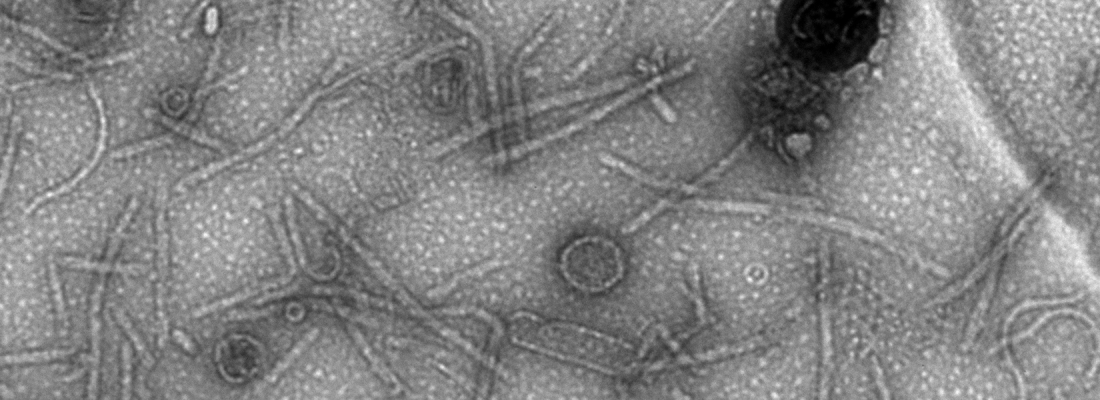Food, Global Health Reading time 2 min
Revealing promising bacteriophages hidden in the microbiota
Published on 17 January 2020

The composition of the gut microbiota and the roles of all the organisms involved are still little understood. We know that the microbiota comprises a large quantity of bacteria from hundreds of different species, most of them playing an essential role in correct functioning of the digestive tract and our health. Other microbial protagonists, such as fungi, human and bacterial viruses (bacteriophages) are also found but are less well understood.
For this reason, scientists have been focusing on the interactions between these different actors, and notably between bacteria and bacteriophages. In 2015, a pioneering study of the virome1 of the microbiota of patients with Crohn’s disease demonstrated that the latter contained far more diverse bacteriophages than healthy subjects, suggesting a role for these bacteriophages in microbiota stability. Two types of bacteriophage are known: temperate and virulent. Temperate bacteriophages do not always kill bacteria. Rather than proliferating within them, they may establish themselves silently and wait for the optimum moment to emerge by killing the bacterium and then disseminating. As for virulent bacteriophages, they proliferate and kill the bacterium directly in order to disseminate.
INRAE scientists have focused on the infective capacities of these two types of bacteriophage on bacteria in the digestive tract. For the first time, they isolated, cultured and analysed bacteriophages in faecal samples from a cohort of 650 children. They were thus able to extract 150 bacteriophages that were capable of infecting Escherichia coli, a species that is abundant in the gut of children. By culturing and sequencing these bacteriophages, they were able to determine each type and demonstrate that temperate bacteriophages are more common than their virulent counterparts. They then used these 150 different bacteriophages to infect 75 strains of Escherichia coli isolated from the same samples. Although they were found more frequently, the temperate bacteriophages barely infected the bacteria, unlike the virulent bacteriophages which were highly infective and more common. Finally, they compared these virulent bacteriophages with those available in the d’Hérelle collection2, and showed once again that they were more infective.
These particularly infective virulent bacteriophages, isolated directly from the human body, offer new perspectives for phage therapy. Further studies will be conducted in order to better understand the mechanisms that allow these bacteriophages to become so infective. In parallel, supplementary tests will be performed with a view to using them to eradicate E. coli in the event of a therapeutic impasse.
|
FOCUS ON THE STUDY This work was carried out in the context of an international collaboration funded by a European Joint Programme Initiative, with two Danish teams and a team from Canada. The samples used during this study came from a non-selective cohort of children followed at the COPSAC Clinic in Copenhagen, in order to focus on the potential link between the microbiota and asthma. |
1 All the genetic material in viruses present in a sample collected from a living being or in a given environment, such as sea water.
2 The d’Hérelle collection is held by Université Laval in Quebec, and serves as a reference in the field of bacteriophages. https://www.phage.ulaval.ca/fr/accueil/
|
Reference Aurélie Mathieu, Moïra Dion, Ling Deng, Denise Tremblay, Elisabeth Moncaut, Shiraz A. Shah, Jakob Stokholm, Karen A. Krogfelt, Susanne Schjørring, Hans Bisgaard, Dennis S. Nielsen, Sylvain Moineau & Marie-Agnès Petit, Virulent coliphages in 1-year-old children fecal samples are fewer, but more infectious than temperate coliphages, Nature Communications, DOI: 10.1038/s41467-019-14042-z |
